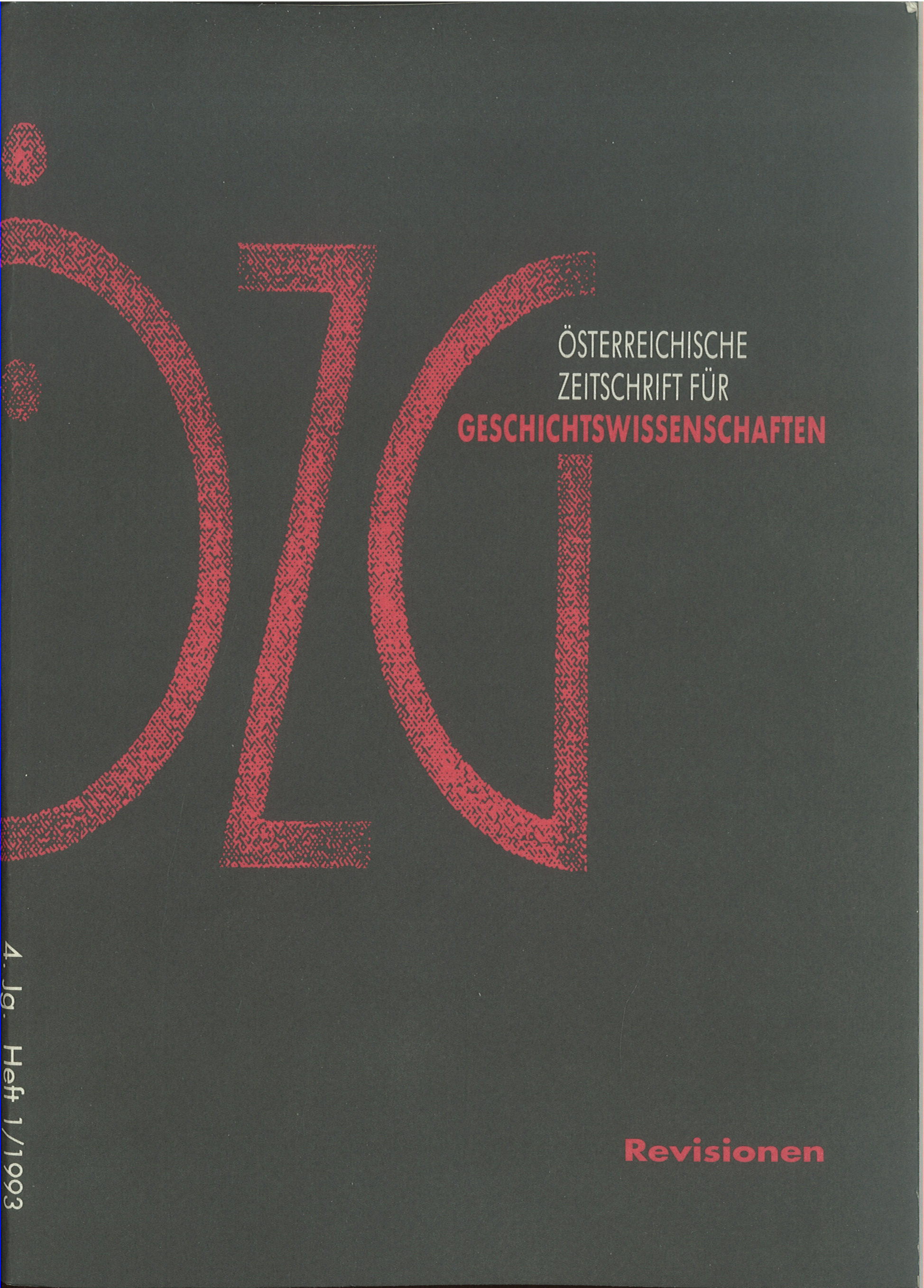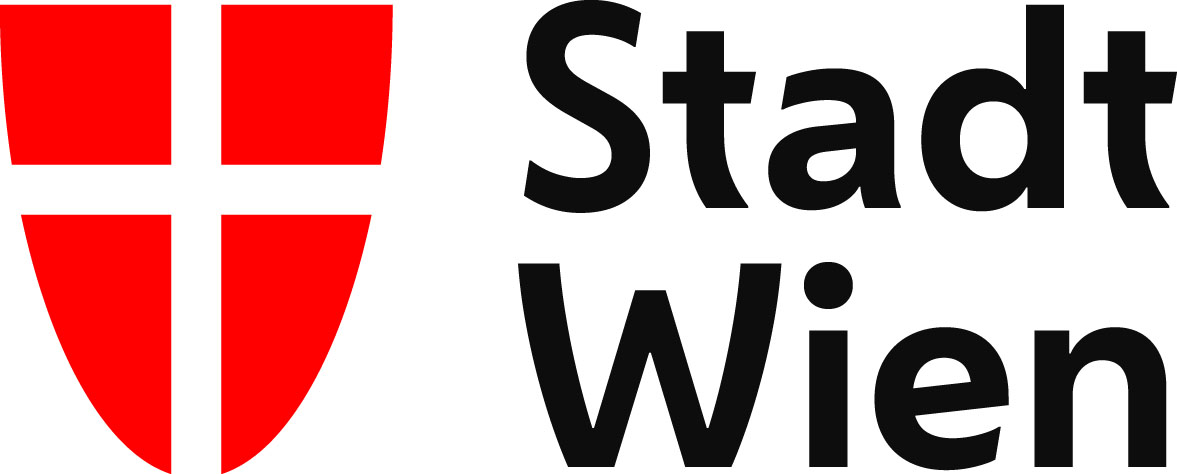The internal borders of Europe
Reflexionen zu Jenö Szücs' „Skizze“ der regionalen Dreigliederung Europas
DOI:
https://doi.org/10.25365/oezg-1993-4-1-2Abstract
The author reviews the main arguments of the Hungarian historian Jenö Szücs who traces two structural borderlines running through Europe by describing the existence of two distinct patterns of European social formation. In Western Europe the breakdown of the Roman Empire opened the path for the emergence of a new type of social and economic formation based on the gradual separation of a slowly developing ,civil society' and the state. In the Eastern European formation, identical with the later Russian Empire, this separation did not take place, nor did a „civil society“ independent of the state constitute itself within an all-embracing imperial framework. In between these structural formations, Szücs locates East-Central-Europe as a distinct historical region which, in the course of European history, constantly floats between the western and the eastern mode of social formation. The main turning points of East-Central- European historical development stressed by Szücs - the transformation of basic features of the socio-cconomic structure caused by the colonization movement of the 13th century and the rise of the „second serfdom" in the 16th century - are critically discussed in the light of recent historiographic work on these, problems.







